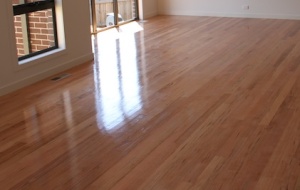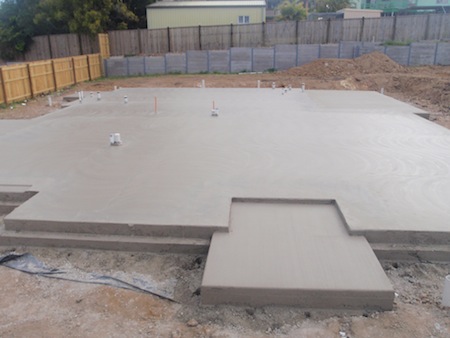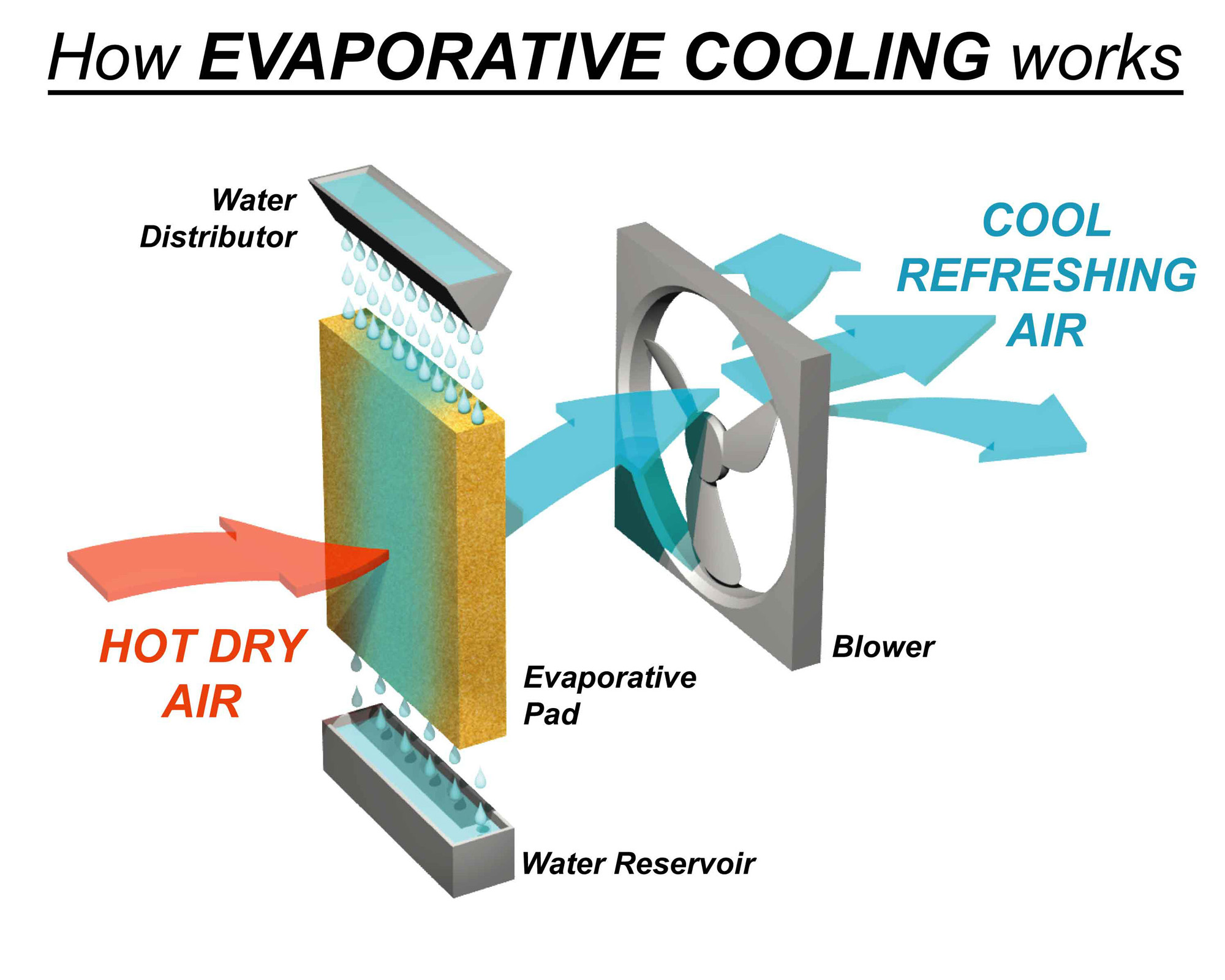 When it comes to choosing a floor in your new home you need to be aware of how big an impact they have on the overall feel of the property. Flooring can be the most beautiful addition to any space and attracts the first attention of guests.
When it comes to choosing a floor in your new home you need to be aware of how big an impact they have on the overall feel of the property. Flooring can be the most beautiful addition to any space and attracts the first attention of guests.
With plenty of flooring options to choose from, you might find it hard to pick the best one. Your choice of flooring will basically depend on:
• lifestyle preferences
• cost
• your environmental views
• aesthetics
• wear.
Three of the most common floors that go into newly built homes are floating floors, hardwood floors and ceramic tiles.
Floating Floors
Floating floors are generally faster and cheaper to install. A kind of hardwood floor, floating floor can be easily installed by gluing the floor planks together, thus involving no installing challenges or limitations. With a floating floor requiring no specific type of subfloor to attach to, you have great flexibility on where they can go as:
• Floating floors can be installed over vinyl or ceramic flooring.
• Thanks to their ease of installation, floating floors are the perfect alternative if you’re looking for the great look of hardwood floors without having to face those installation challenges associated with traditional hardwood flooring.
• This type of floor is good in areas of high humidity, as the entire floor expands as one big plank, unlike the traditional hardwood flooring that is often not an option in such areas due to their tendency to warp and crack. Floating wood floors are a popular option due to their increased stability in humid environments.
• Floating timber floors sit on a foam installation blanket which adds acoustic properties making then a viable alternative for many types of properties.
• Floating engineered floors, comprising layers of material, can be laid directly over a concrete slab
Floating floor isn’t a short-term flooring option. Used correctly, installed properly, and taken care of appropriately, a floating floor can last much longer than other traditional flooring alternatives before needing replacement.
Floating engineered floors are available in a range of colours and wood species. The ability to refinish and sand adds years to floating floors, thus adding to their appeal.
Hardwood Flooring
Typically considered a more permanent type of floor, this type of flooring is secured to the subfloor with flooring adhesive. Unlike floating floors, glued hardwood floors require a quality subfloor underneath to which the flooring panels will be attached.
Hardwood flooring is generally a more expensive alternative to floating floors. However, this type of flooring system is great if you really want the look and feel of a solid hardwood flooring system, unlike the simulated appearance of floating floors.
The wood used for hardwood flooring such as Tasmanian Oak is quite durable and is expected to last a lifetime, with several layers of wear protection. Easy to maintain, hardwood floors secured to the subfloor don’t require any acoustic material, as there is no room for empty space between the subfloor and boards of the new floor.
The process for repairing hardwood floors is simple, as they may require removal and replacement of only a single damaged plank without disturbing the surrounding planks, unlike a floating system that would require exchanging the entire flooring setting.
Ceramic tiles
Ceramic tiles are very popular as a flooring option. It’s quite easy to install and look after, comes in a broad range of designs, and can be used in almost any room. Ceramic flooring is extremely tough and durable. It is difficult to crack the tiles.
A quality installation can last for 10 – 20 years and longer if well maintained. If a single tile does crack due to a severe impact, it can be easily replaced.
Ceramic flooring is also easy to look after. Dirt, stains, and liquids all rest on the surface, allowing you to easily wipe or mop them away. Regular maintenance just consists of sweeping or vacuuming to keep the floor free of dirt and loose debris.
Tiles are also good for people who may have allergies, as they hold less dirt and other allergens.
What’s your experience with any of these floor types? Share it below.





